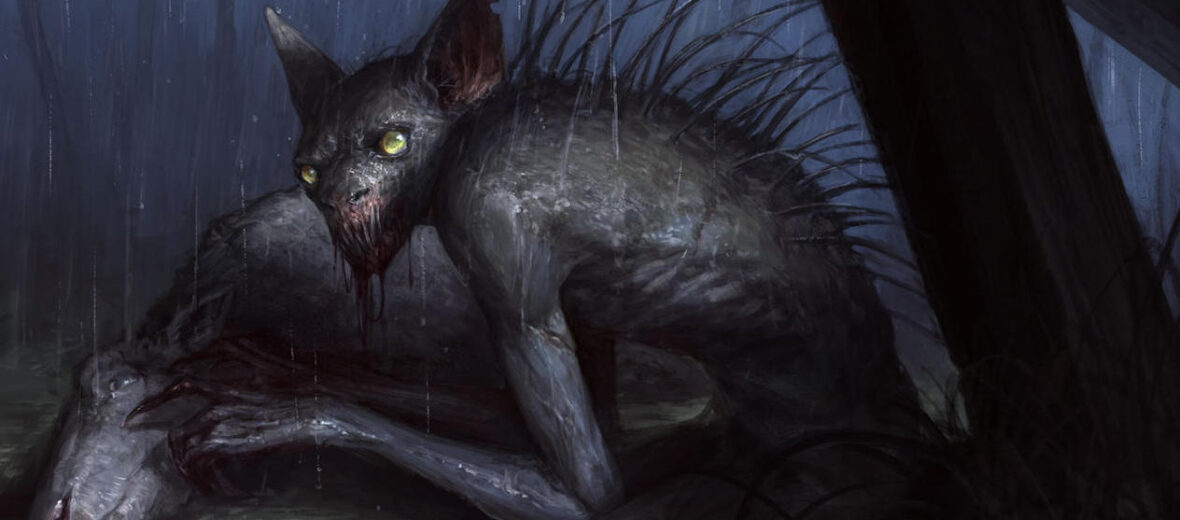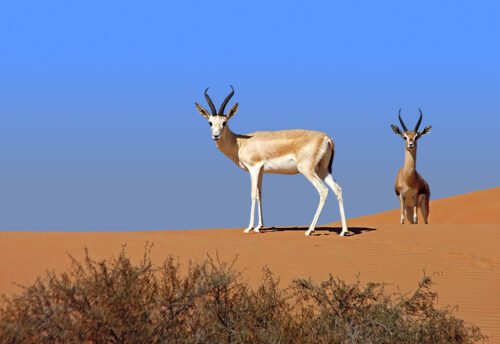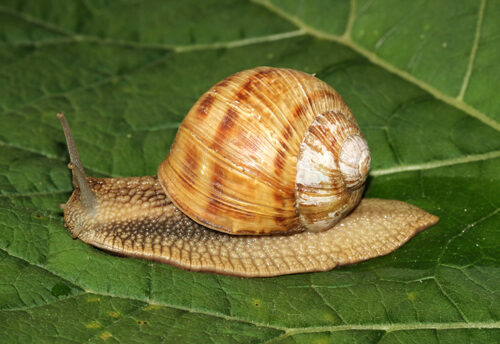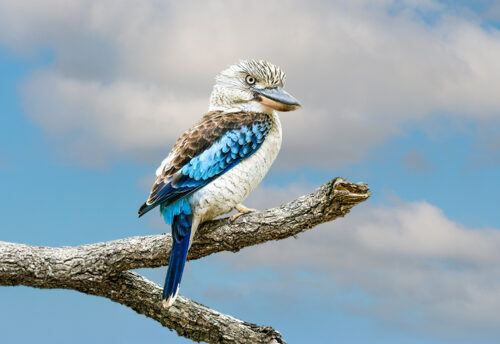
Blamed for countless attacks on rabbits, dogs, cats, chickens, goats, and other animals, the chupacabra makes it’s way (on special request) into today’s Samhain article. The chupacabra or “goat sucker” hails from Latin culture and lore. But could it actually be real? Read more to find out.
First the Stats…
Scientific name: Chupis fakis?
Size: Up to 5 feet tall
Lifespan: Unknown
Now on to the Facts!
1.) It has powerful legs that allow it to leap huge distances, long claws, terrifying, glowing red eyes, and distinctive spikes down its back.
2.) Some suggest that the chupacabra is the result of a top-secret government genetics experiment, based in the rainforest of Puerto Rico.
3.) Numerous people have even eluded that the chupacabra is an extraterrestrial being, brought to Earth on spaceships.
4.) It has been allegedly spotted in places like Mexico, Puerto Rico, Chile, Argentina, Nicaragua, and Florida, among other places. Nearly all of them located in Spanish-speaking locales. Strange…
5.) After around 2000, this vampire-like creature took on a different form altogether; that of a canine-like critter resembling a hairless dog or coyote. This creature was then found, predominantly, in Texas, New Mexico, and other American Southwest locations.
But wait, there’s more on the Chupacabra!
6.) Dead chupacabras were subjected to DNA testing and in every instance the body had been identified as a canine, raccoon, coyote, or other commonly found mammal. Typically these animals had fallen victim to a severe case of a parasitic infection called mange that caused the animal to lose most, if not all, of its fur and give way to the rawboned, haunting appearance typically described of the chupacabras.
7.) The vampiric bite marks on the necks of the chupacabra’s victims that leaves their victims bloodless has actually been found to be canine-like bite marks to the throats, which kills their prey.
Did you know…?
While many think that chupacabra sightings predate back as far as the 1970s, the monster actually first appeared in 1995 in Puerto Rico.
8.) Madelyne Tolentino, from Puerto Rico, was the first documented witness of this mystical beast. However, the description of the creature was later likened to the exact description of the zenomorph in the movie ‘Species’. Subsequent future descriptions would even further exaggerate the appearance adding or subtracting certain features.



